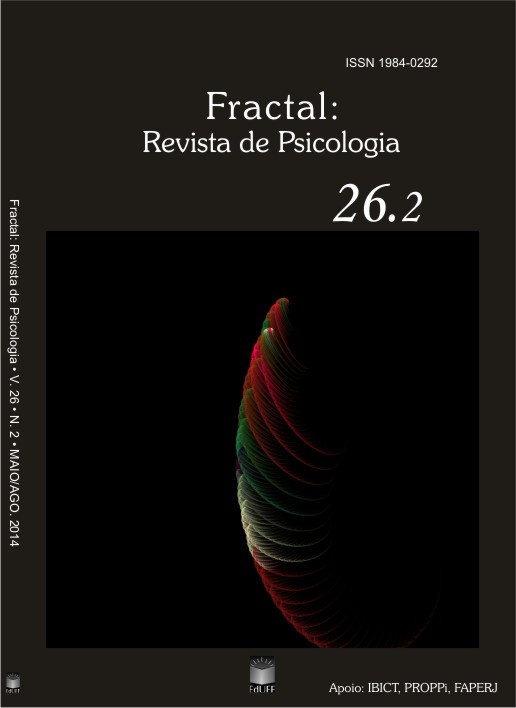Where is my car? Examining wayfinding behavior in a parking lot
Palabras clave:
wayfinding, parking lot, inbound and outbound pathsResumen
This article examines wayfinding behavior in an extended parking lot belonging to one of the largest shopping malls in Santiago, Chile. About 500 people were followed while going to the mall and returning from it, and their trajectories were mapped and analyzed. The results indicate that inbound paths were, in average, 10% shorter that outbound paths, and that people stopped three times more frequently when leaving the mall than when accessing it. It is argued that these results are in line with previous research on the subject, which stress the importance of environmental information in shaping people`s behavior.
Descargas
Citas
ARTHUR, P.; PASSINI, R. Wayfinding: people, signs, and architecture. New York: McGraw-Hill, 1992.
BARBOZA, D. China, new land of shoppers, builds malls on gigantic scale. The New York Times, [online], 25 May 2005. Available in: <http://www.nytimes.com/2005/05/25/business/worldbusiness/25mall.html?pagewanted=all&_r=0>. Accessed on: 21 May 2014.
BAILENSON, J.; SHUM, M.; UTTAL, D. The initial segment strategy: a heuristic for route selection. Memory and Cognition, v. 28, n. 2, p. 306-319, 2000.
CONROY-DALTON, R. The secret is to follow your nose. Route path selection and angularity. Environment and Behavior, v. 35, n. 1, p. 107-131, 2003
GOLLEDGE, R. G. Path selection and human preference in human navigation: a progress report. In: CONFERENCE ON INFORMATION THEORY, COSIT, 2., 1995, Semmering, Austria. Proceedings... Lecture Notes in Computer Science, [S.l.], v. 988, p. 207-222, 1995.
MORA, R. Acerca de la racionalidad e irracionalidad de nuestras decisiones. Fractal: Revista de Psicologia, v. 23, n. 2, p 425-428, 2011.
STECK, S.; MALLOT, H. The role of local and global landmarks in virtual environment navigation. Presence, [S.l.], v. 9, n. 1, p. 69-83, 2000
VENEMANS, P. Redesign of a car park: the application of wayfinding principles. In: ZWAGA, H. J. G.; BOERSEMA, T.; HOONHOUT, H. C. M. (Ed.). Visual information for everyday use: design and research perspectives. London: Taylor & Francis, 1999. p. 275-282.
##submission.downloads##
Publicado
Cómo citar
Número
Sección
Licencia
Autores que publicam nesta revista concordam com os seguintes termos:
- Autores mantém os direitos autorais e concedem à revista o direito de primeira publicação, com o trabalho simultaneamente licenciado sob a Creative Commons Attribution License que permitindo o compartilhamento do trabalho com reconhecimento da autoria do trabalho e publicação inicial nesta revista.
- Autores têm autorização para assumir contratos adicionais separadamente, para distribuição não-exclusiva da versão do trabalho publicada nesta revista (ex.: publicar em repositório institucional ou como capítulo de livro), com reconhecimento de autoria e publicação inicial nesta revista.

This work is licensed under a Creative Commons Attribution 4.0 International License.

Na medida do possível segundo a lei, a Fractal: Revista de Psicologia renunciou a todos os direitos autorais e direitos conexos às Listas de referência em artigos de pesquisa. Este trabalho é publicado em: Brasil.
To the extent possible under law, Fractal: Revista de Psicologia has waived all copyright and related or neighboring rights to Reference lists in research articles. This work is published from: Brasil.






